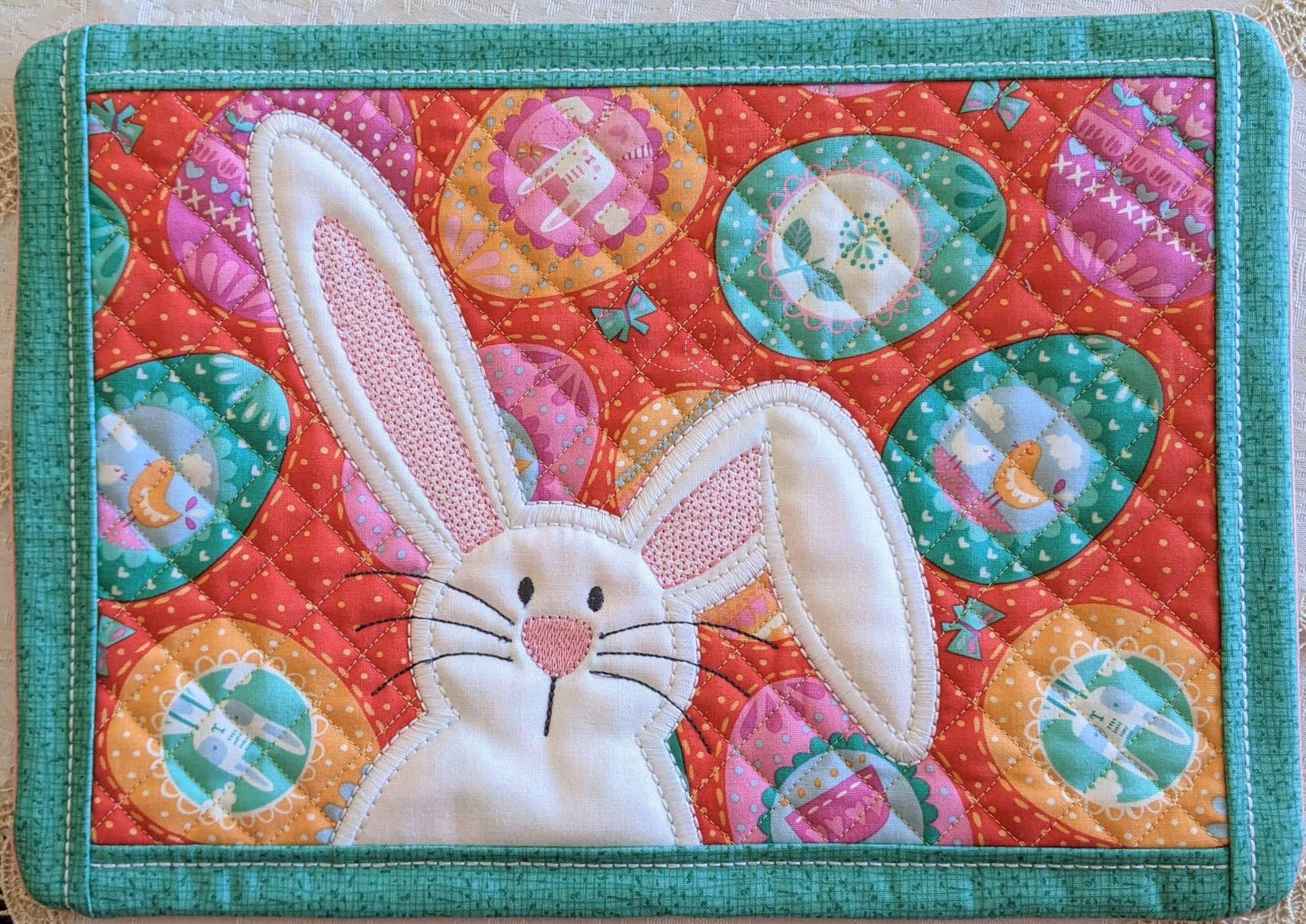All about Unique Art
Table of ContentsWhat Does Unique Art Do?All About Unique ArtA Biased View of Unique ArtThe Buzz on Unique Art
While one may dispute which art kind holds priority, the fact remains that each of these seven kinds provides an one-of-a-kind window into human history, society, and advancement. They are the tapestries that chronicle our journey, reminding us of our past while inspiring visions for the future.Great artwork narrates, makes people look twice, and develops a distinct experience that can not be matched. Art and images connect all of that via color, shape and various other layout components. Discover exactly how to make your unique art work stick out from the group.

8 TRIA GIOVANEqual parts grand and laidback, this entrance hall made by Anthony Baratta is the ideal plan to adhere to if you're embellishing a formal entrance that still really feels unfussy and comfortable. Formed fabrics take facility phase (see the carpetings and the couch), yet they additionally help bring the high ceilings to a human scale when hung over wallpaper.
The Basic Principles Of Unique Art
18 Heidi Caillier DesignA gallery wall surface does not need to take up the whole space. Often a small one can make a bigger style statement. In this living room, Hiedi Caillier decided for micro-mini structures and a random structure.
The elements of this languageits forms, lines, colours, tones, and texturesare used in various means to generate experiences of quantity, space, activity, and light on a level surface area. These aspects are combined right into meaningful patterns in order to represent actual or supernatural phenomena, to translate a narrative motif, or to develop entirely abstract visual partnerships.
Later the notion of the "fine artist" created in Asia and Renaissance Europe. Prominent painters were paid for the social standing of scholars and courtiers; they signed their work, chose its design and commonly its subject and imagery, and developed a much more personalif not constantly amicablerelationship with their patrons. During the 19th century painters in Western cultures began to shed More Help their social setting and safe patronage.
Unique Art for Beginners
Others earned a revenue through touring exhibitions of their work. The requirement to attract a market had replaced the similar (if much less impersonal) demands of patronage, and its effect on the art itself was most likely similar also. Normally, musicians in the 20th century can get to an audience only through business galleries and public galleries, although their job might have been sometimes replicated in art regulars.

Don't replicate the style of other artists if you're trying to discover your design. Duplicating other individuals's artwork can be wonderful in educational functions but it will certainly not make you closer to finding your own special design. Your creative design needs to be, what you like and what inspires you.
I would consider your own style as a design you repaint in normally, when you let go of all thoughts and guidelines and simply focus on paint, not thinking of it. Unique Art. The style needs to come normally to you when you are kicked back and you my response can not force it or it won't be your very own design, just somebody else's
A Biased View of Unique Art

With time you'll be able to sort every one of them right into your preferred and least favorite categories. Try to concentrate your focus on the topics and tools that you like and before you see it coming you'll have your own personal and distinct style, like no one else have! So in the end you'll have a few favored subjects to paint and possibly a couple of favorite tools.
The design has to develop itself over time with a great deal of method and experiments - Unique Art. Thank you for reading this post and if you have any type of concerns leave them in the comments below, I would certainly be pleased to answer these